“My generation grew up with video games, and I was doing racing games on the PlayStation when I was eight years old,” VeeKay says. “So I think that makes the actual Chevy simulator easier for us because it feels more natural, where I know Will Power told me he kind of had to get used to driving on the simulator.”
Andretti is a perfect example. Although he was renowned for his ability to drive just about anything just about anywhere, he has trouble keeping a digital car on a virtual track. “I have a simulator in the house, and it pisses me off,” he says. “The more experience you have with the real thing, the more you hate the freaking simulators. When I really want to hustle the car, the freaking thing just crashes.”
Youth will be served, as the saying goes. So at a certain level, the success of the Fab Four is just natural selection asserting itself. As Rosenqvist puts it: “When I was a kid, I was following freestyle motocross, and only one guy could do a backflip. Now, like every kid can do a backflip in his backyard. That goes for every sport. I think, naturally, every generation of driver will be quicker.”
Age is an easy metric to wrap your head around. But what does it matter, really, if a driver wins a championship at 20 or 30 – or 40, in Dixon’s case? The most important measure is talent, and that’s much harder to calibrate. Andretti has seen 60 years of phenoms come and go, and he knows that the only surefire yardstick is performance over time. “There are talents, and there are special talents,” he says, “and special talents are rare then and now.”
Check back in 10 years to see if Herta, O’Ward, VeeKay and Palou are remembered like John, Paul, Ringo and George.
 Álex Palou
Álex Palou
Age 24
Born Barcelona, Spain
Team Chip Ganassi
IndyCar debut Texas, 2020 (23rd)
First IndyCar victory Alabama, 2021
Highest season position 16th (2020)
Career Open-wheel racing since 2014; one IndyCar podium in 2020
 Rinus VeeKay
Rinus VeeKay
Age 21
Born Hoofddorp, Netherlands
Team Ed Carpenter
IndyCar debut Texas 2020 (22nd)
First IndyCar victory Indianapolis, 2021
Highest season position 14th (2020)
Career Youngest driver in Indy 500 history to start from the front row (2021)
 Colton Herta
Colton Herta
Age 21
Born California, US
Team Andretti Autosport
IndyCar debut Sonoma, 2018 (20th)
First IndyCar victory Circuit of the Americas, 2019
Highest season position 3rd (2020)
Career First IndyCar driver born in 2000s; race winner at 18 years 359 days old
 Pato O’Ward
Pato O’Ward
Age 22
Born Monterrey, Mexico
Team Arrow McLaren SP
IndyCar debut Sonoma, 2018 (9th)
First IndyCar victory Texas, 2021
Highest season position 4th (2020)
Career 2020 Indy 500 Rookie of the Year; won 16 Road to Indy races from 2016-18
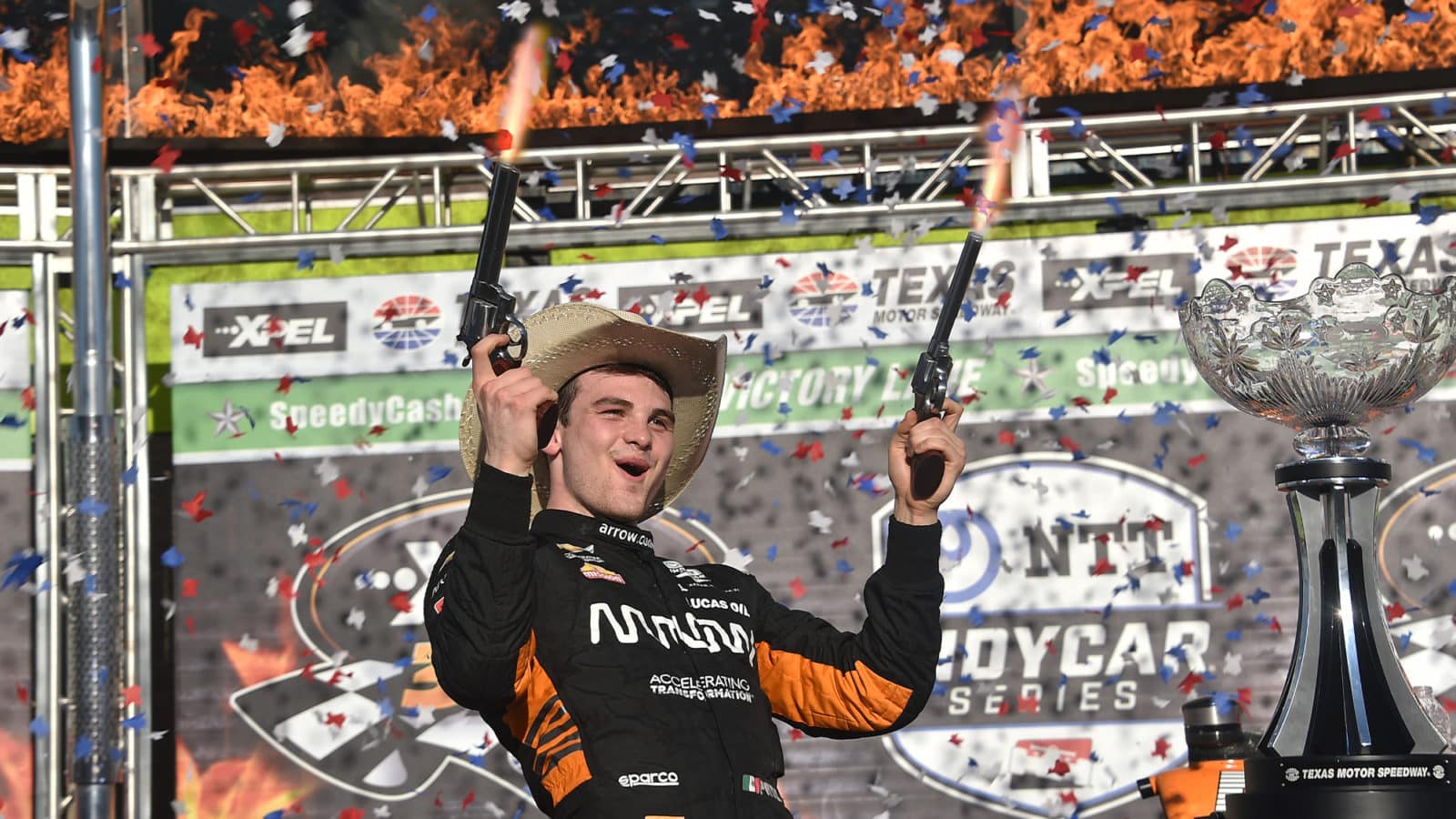
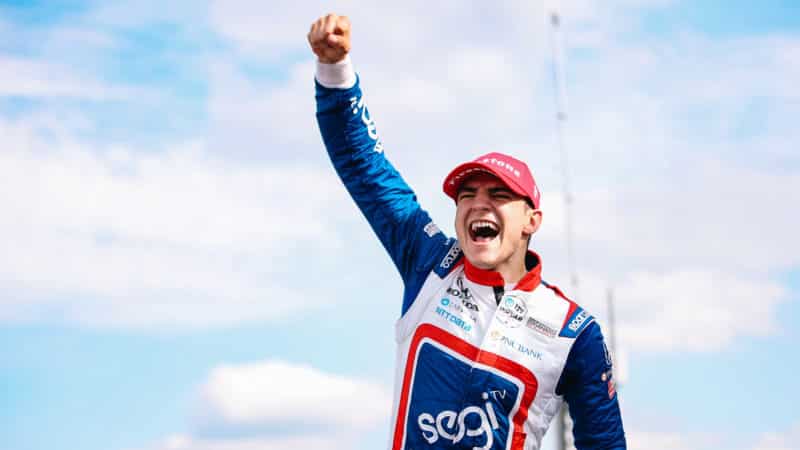
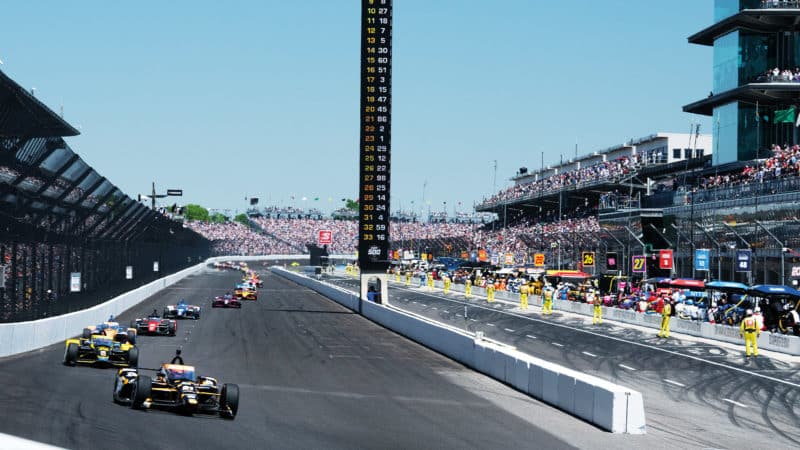
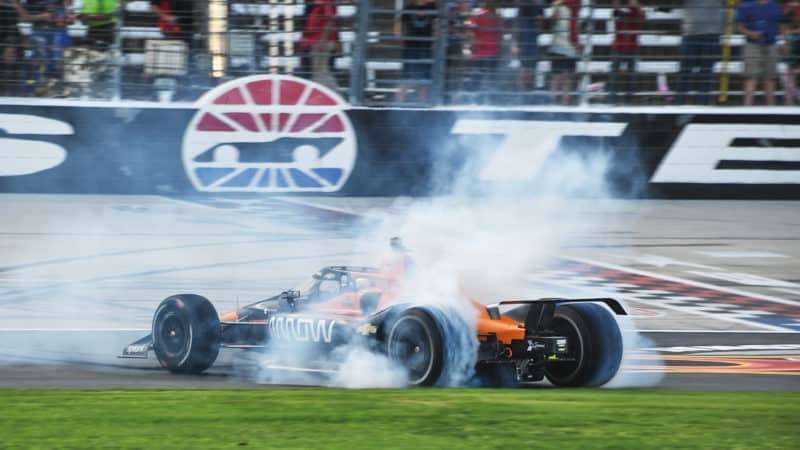
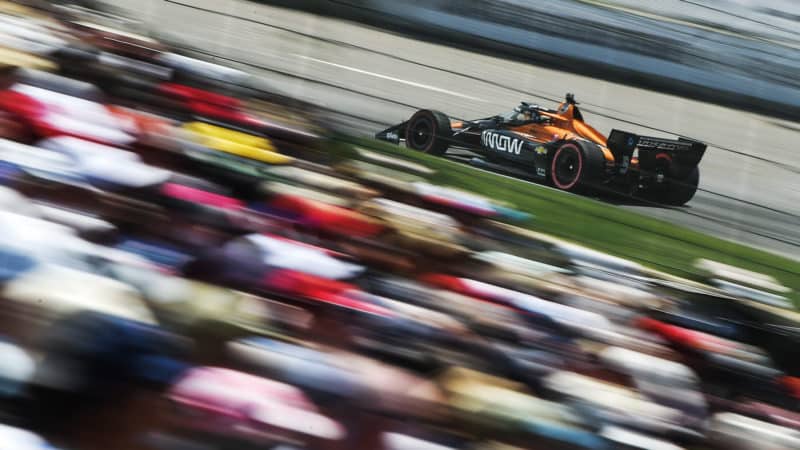
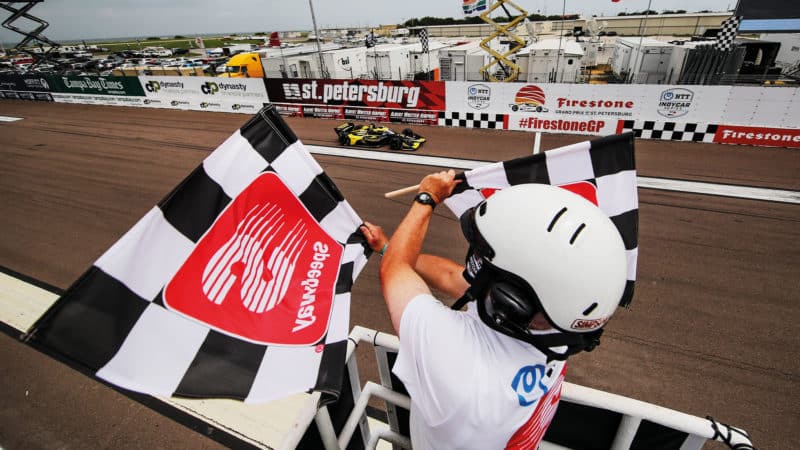
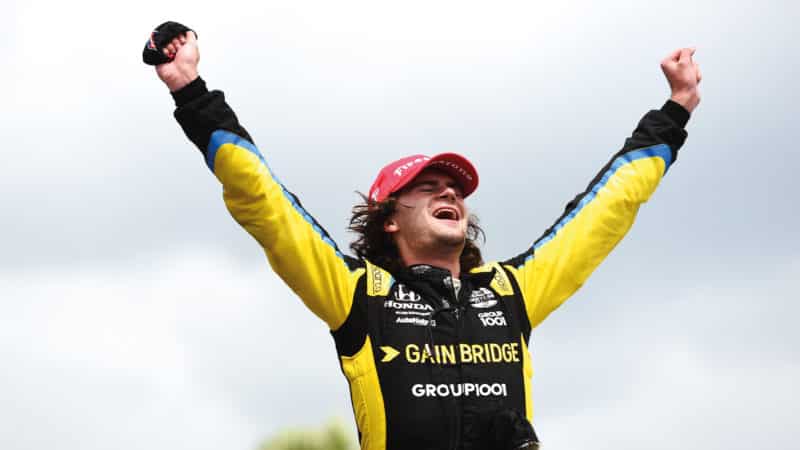
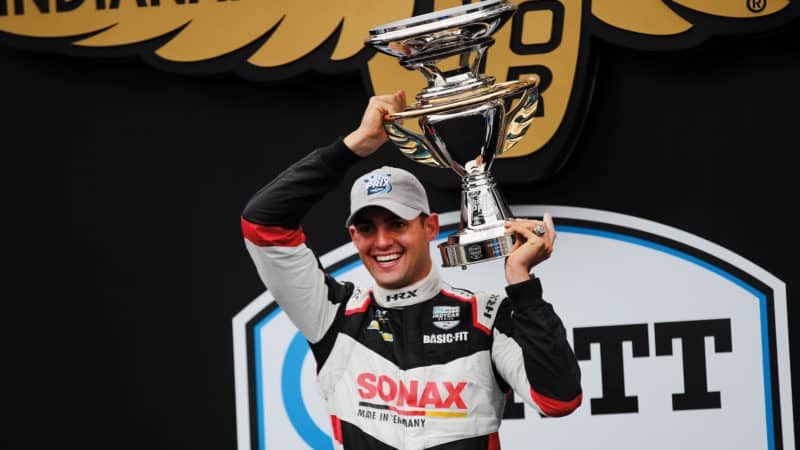

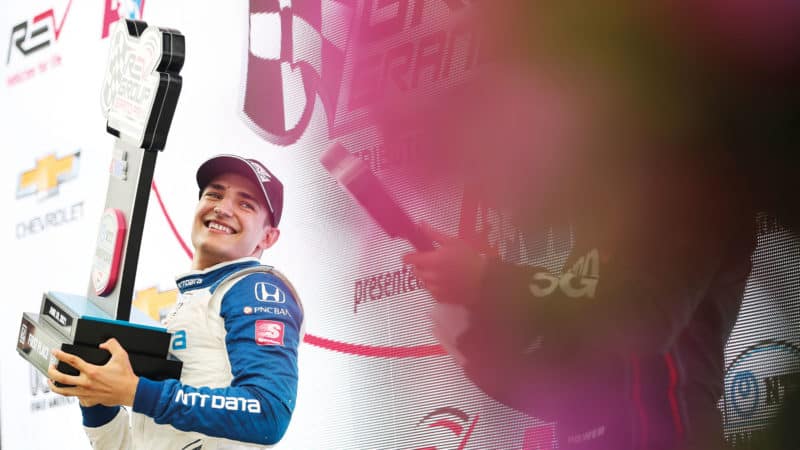

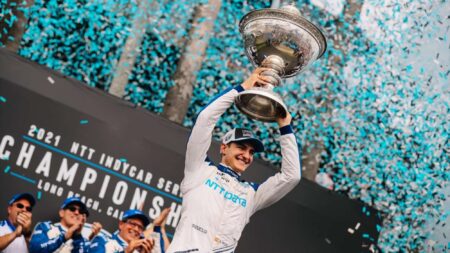
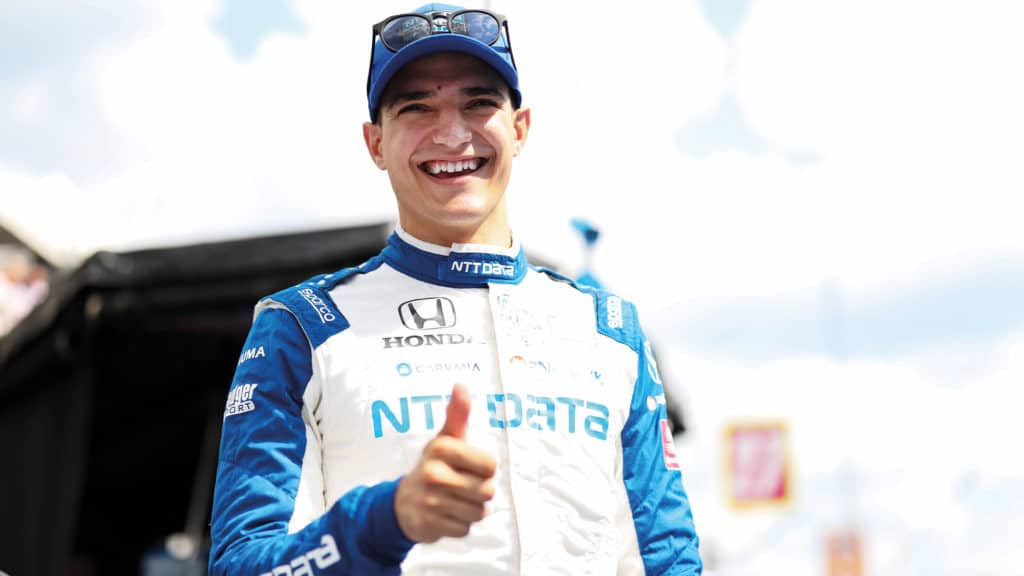 Álex Palou
Álex Palou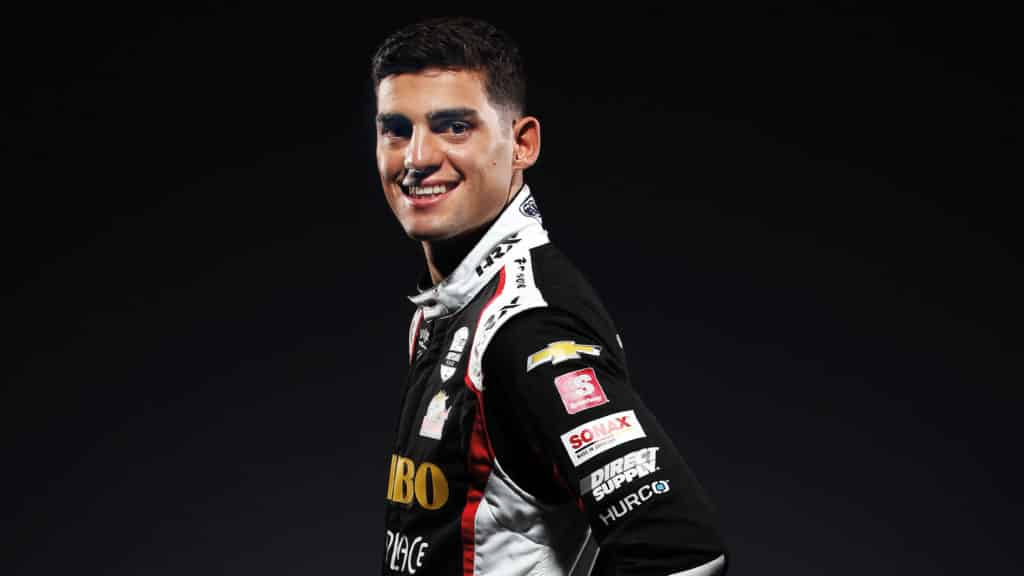 Rinus VeeKay
Rinus VeeKay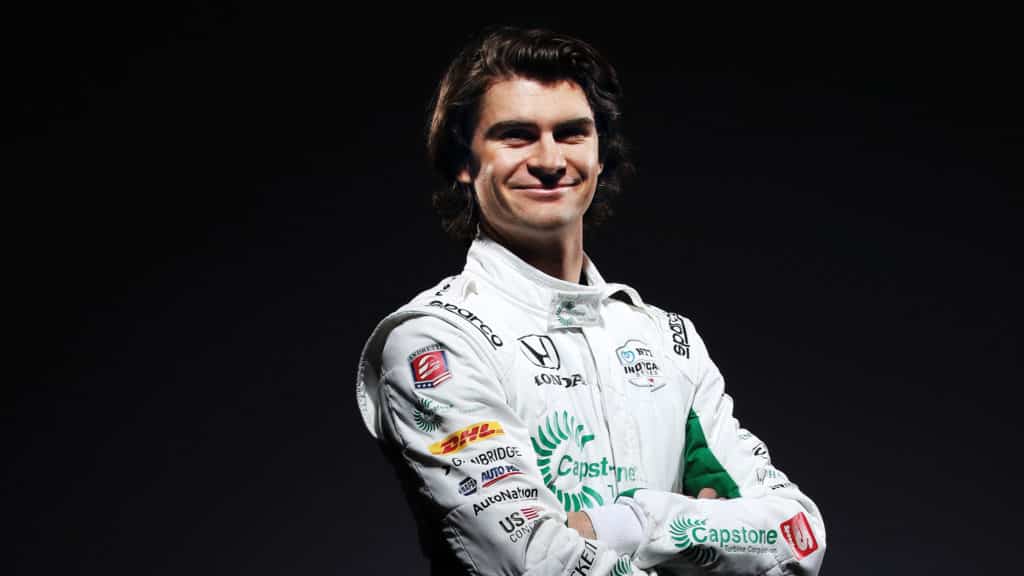 Colton Herta
Colton Herta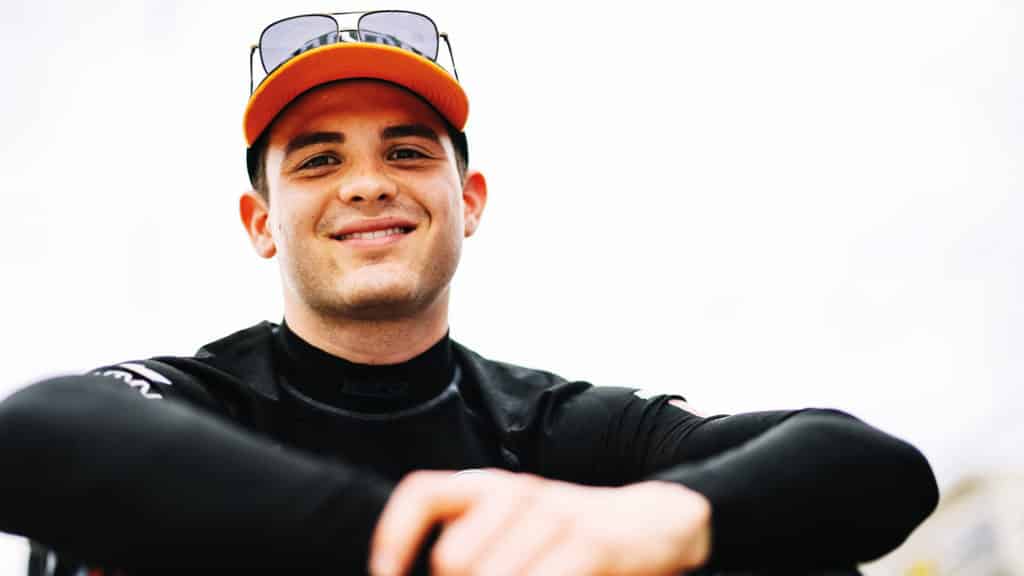 Pato O’Ward
Pato O’Ward